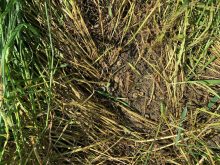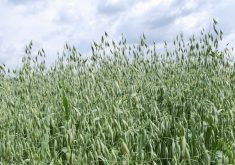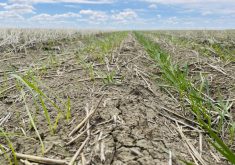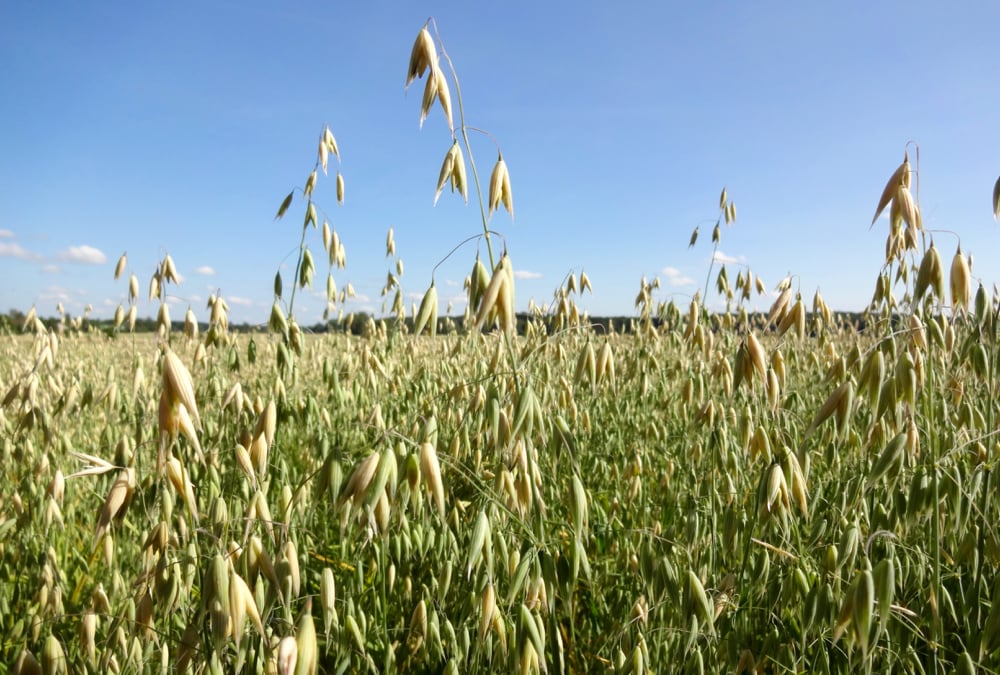Warm conditions in January and February sparked many Ontario growers to get a head start on the season by planting some cereals, frost seeding or adding sulphur or nitrogen to winter wheat.
Peter Johnson said he was surprised at the amount of work done in those months, particularly during February.
Why it matters: A warm winter had many Ontario growers in the fields early.
Read Also
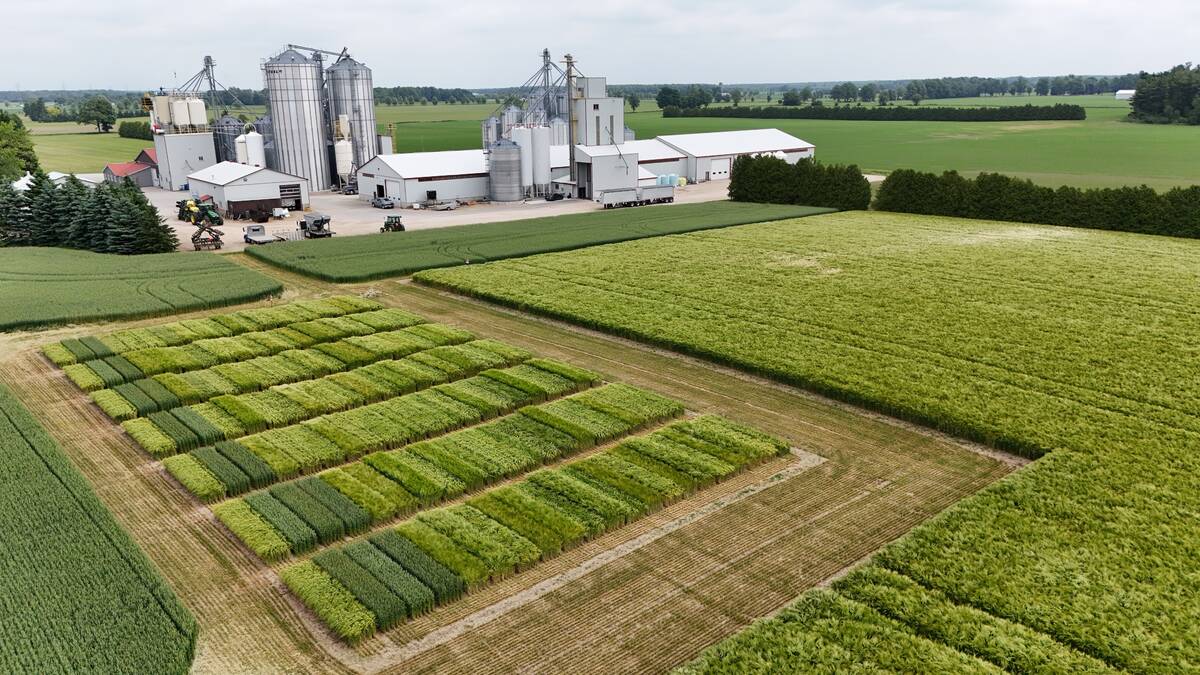
Winter cereals beyond wheat gaining traction
Winter cereals such other than wheat, such as barley, could provide better yield and rotation options for Ontario growers.
“There was a lot of tillage that didn’t get done in the fall that was done in February,” says Johnson, an agronomist with Real Agriculture. “Hopefully we’ve had enough freeze-thaw action to ameliorate whatever tillage damage they did to the soil structure, but we won’t know for sure until later in the spring.”
That seemed to be the default approach with many growers; some tillage and frost-seeding of cereal crops, including oats, which Johnson notes is gaining more popularity among growers.
The earliest he heard of frost seeding oats was about the third week of February, and oats were also seeded in dry soil a week or so later.
“In Ontario, the concept (of frost-seeding oats) has pretty good traction and if a grower has the opportunity, they tend to take it, or at least more growers are,” says Johnson. “There were some windows of opportunity this spring.”
Anecdotally, one grower in the extreme southwest planted corn in late February.
“The chances of it being the highest-yielding corn are quite slim but the chances of it being dead at this point … I’m not sure we’ve had any conditions that would kill it,” Johnson says.
Making the most of the weather
Emery Huszka, who farms near Florence, said growers in his area of northeast Kent and southeast Lambton took advantage of what Mother Nature provided.
“Many of our neighbours prepared equipment, cleaned up downed trees, burned brush piles, some drain cleaning and manure applications, along with soil work,” he says. “Some planters were running in the fields to calibrate the units.”

He and his family grow corn, soybeans, cereal rye, tomatoes and cover crops.
Huszka knows of growers who roll the dice and plant a few acres of corn early, but he’s also had corn crops that were waist-high on June 1 and killed by frost the next day. For him, that prevents any thoughts of planting corn, even in March.
“It’s a fact that corn breeding is continuously improving and trait technologies do offer steady plant health improvements, but we shouldn’t ignore the treatment packages being developed to give us a bit more seedling vigour and protection from challenges underground in wet, cold conditions.
“We all know that even emergence in corn is critically linked to yield potential and that plant health is the partner in that equation.”
Huszka says farmers have also developed excellent techniques for nutrient placement for stronger plant development. Though planting can be done a bit earlier, there are no guarantees of favourable weather.
“Not having a typical winter does make me nervous about available moisture this year, as well as possible corrections by Mother Nature later this fall,” he adds.
“Having had an exceptionally wet 2023, I expect nature to retaliate, so I’m taking steps to prepare for a drier season with minimal tillage, appropriate hybrid selections and April planting to establish strong roots before warmer winds dry things down.”
Sweet success
The maple syrup sector is another beneficiary of the open winter and early spring and has had a very early start to its season. Some growers were finished with their taps during the first half of March.
“The sap was very high sugar content – four per cent – which is quite high,” says Johnson. “It seems as though the run was respectable, as long as you didn’t wait too long to get started.”






